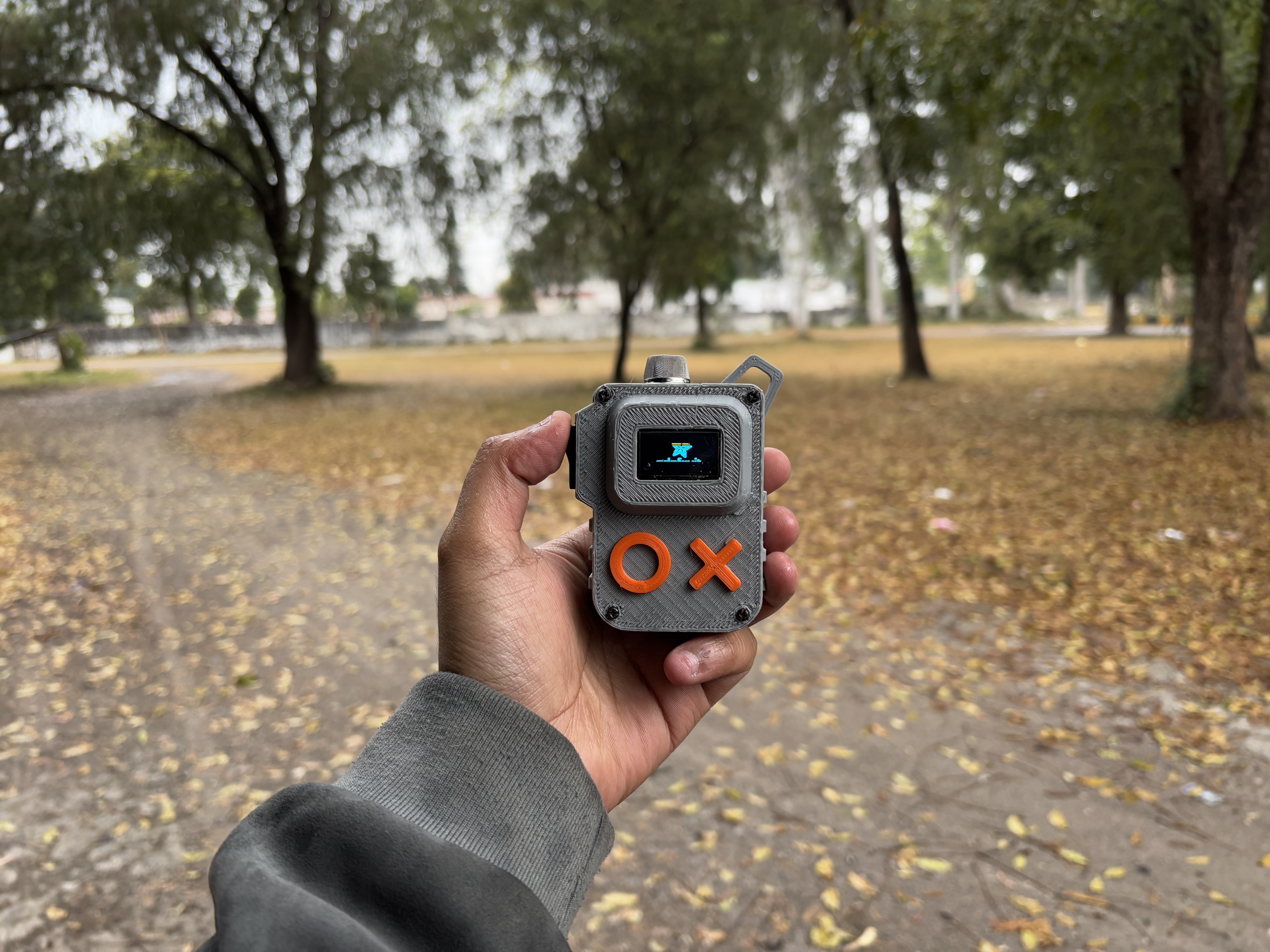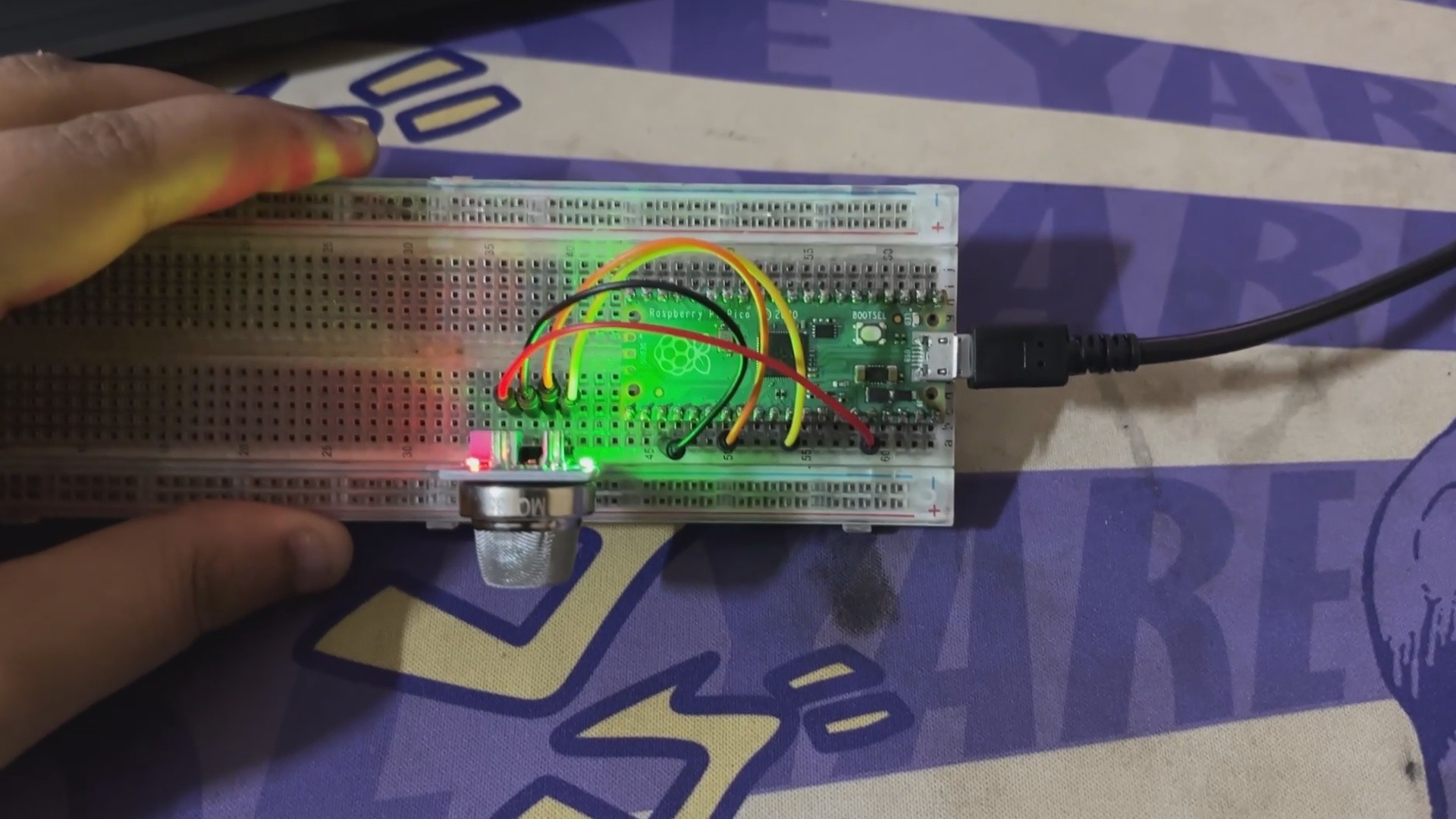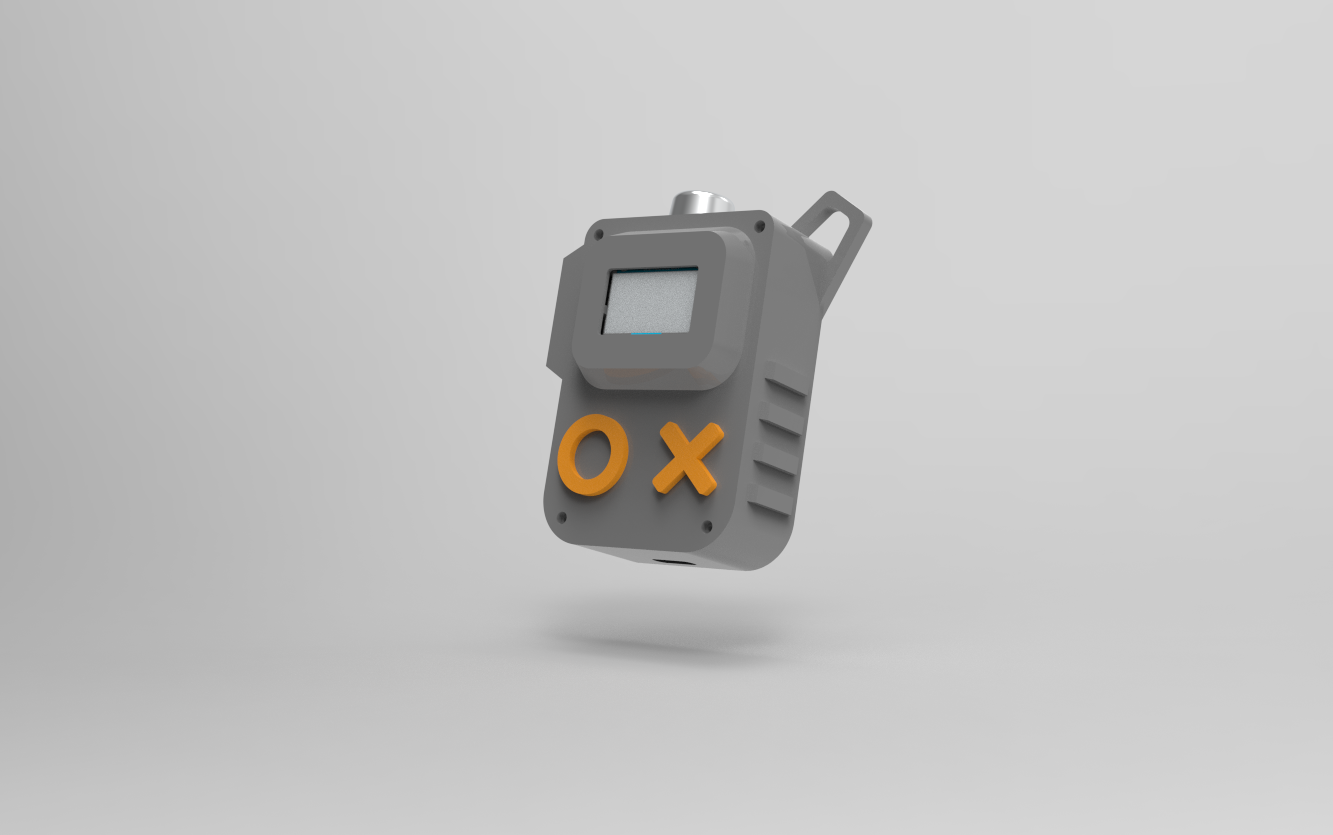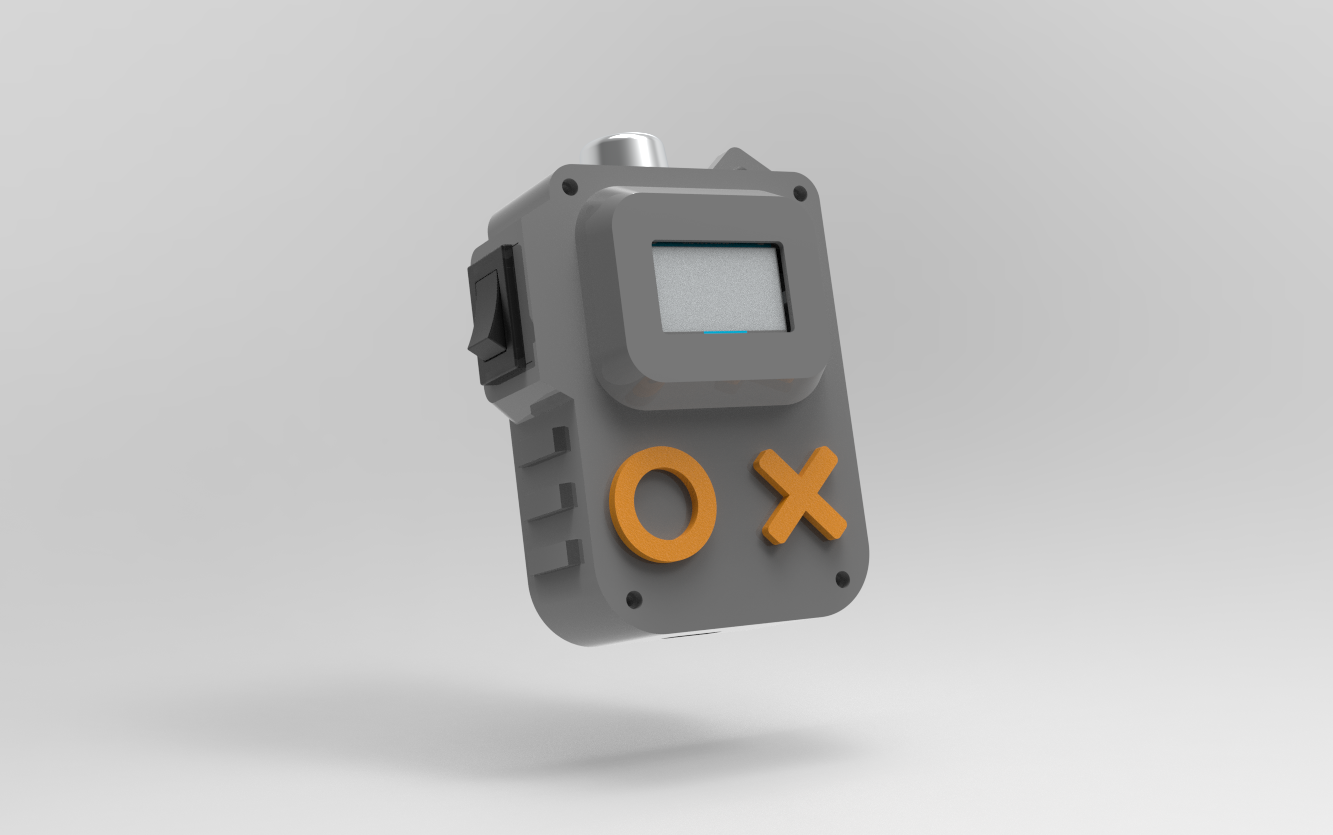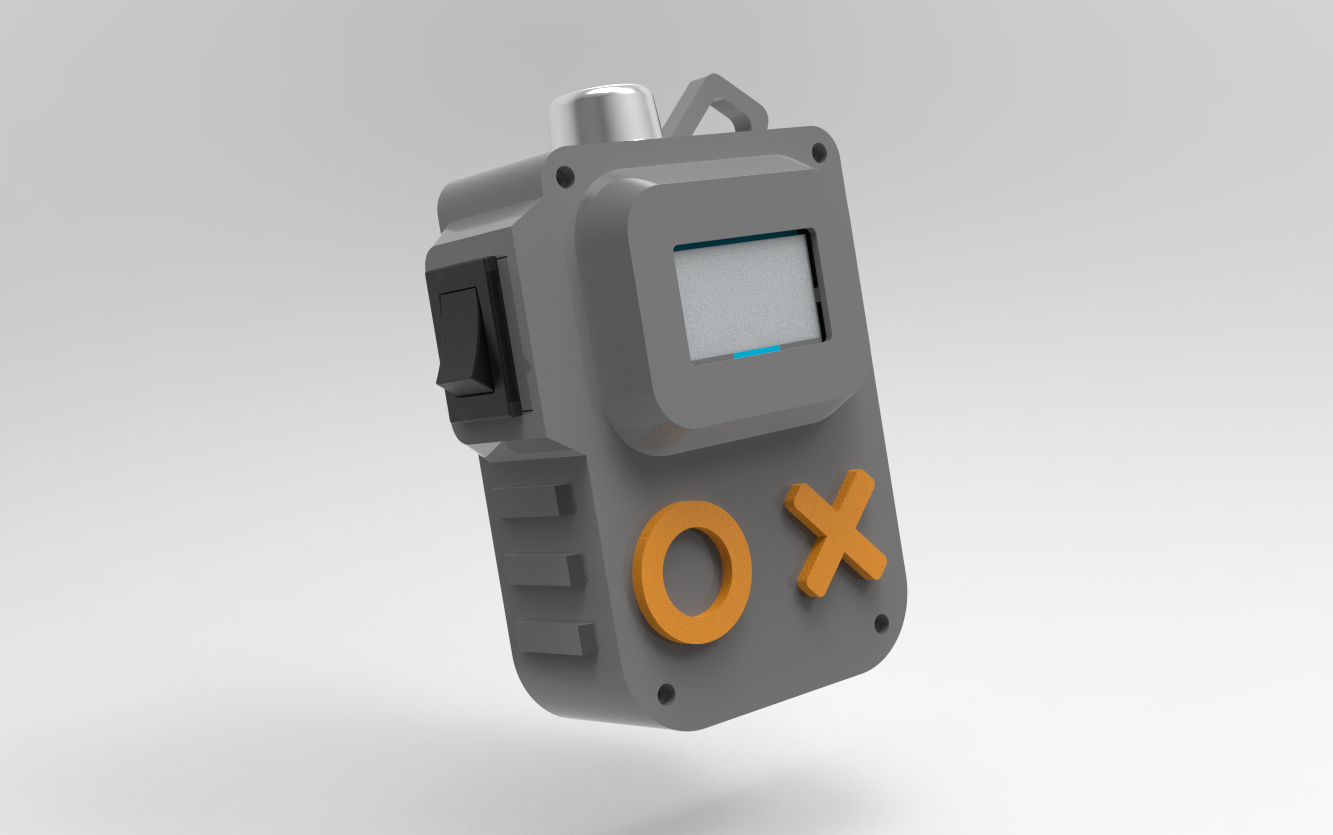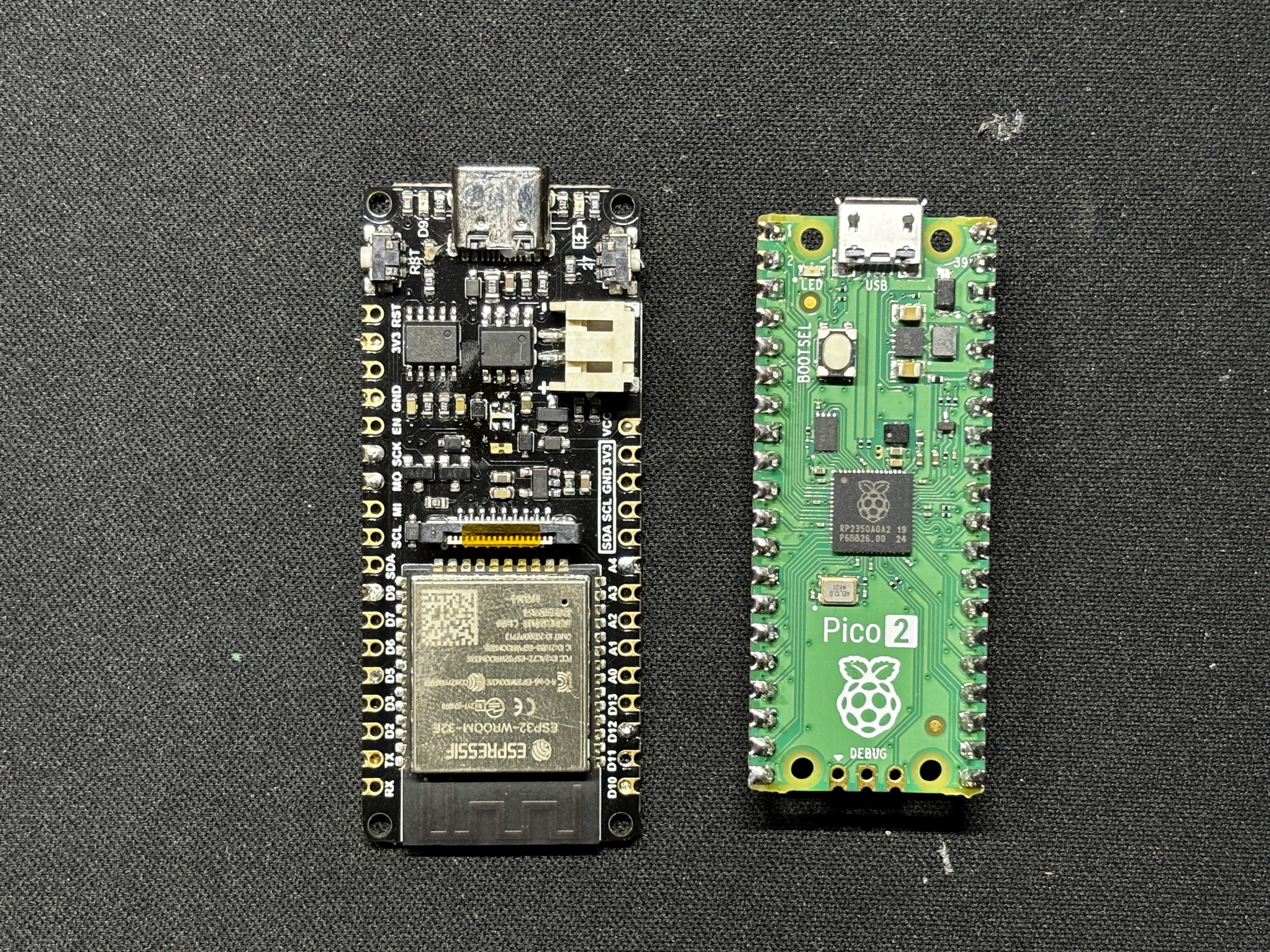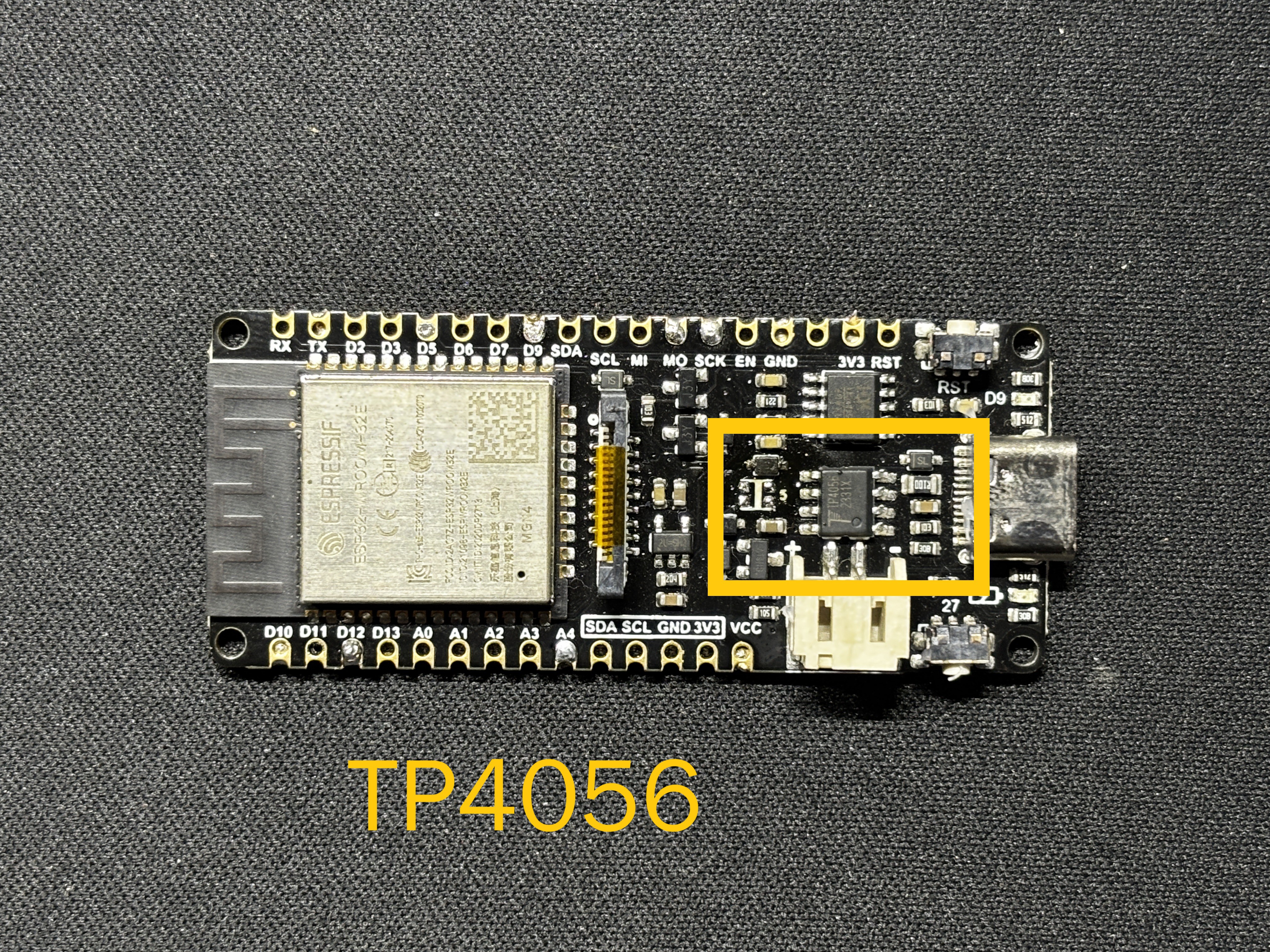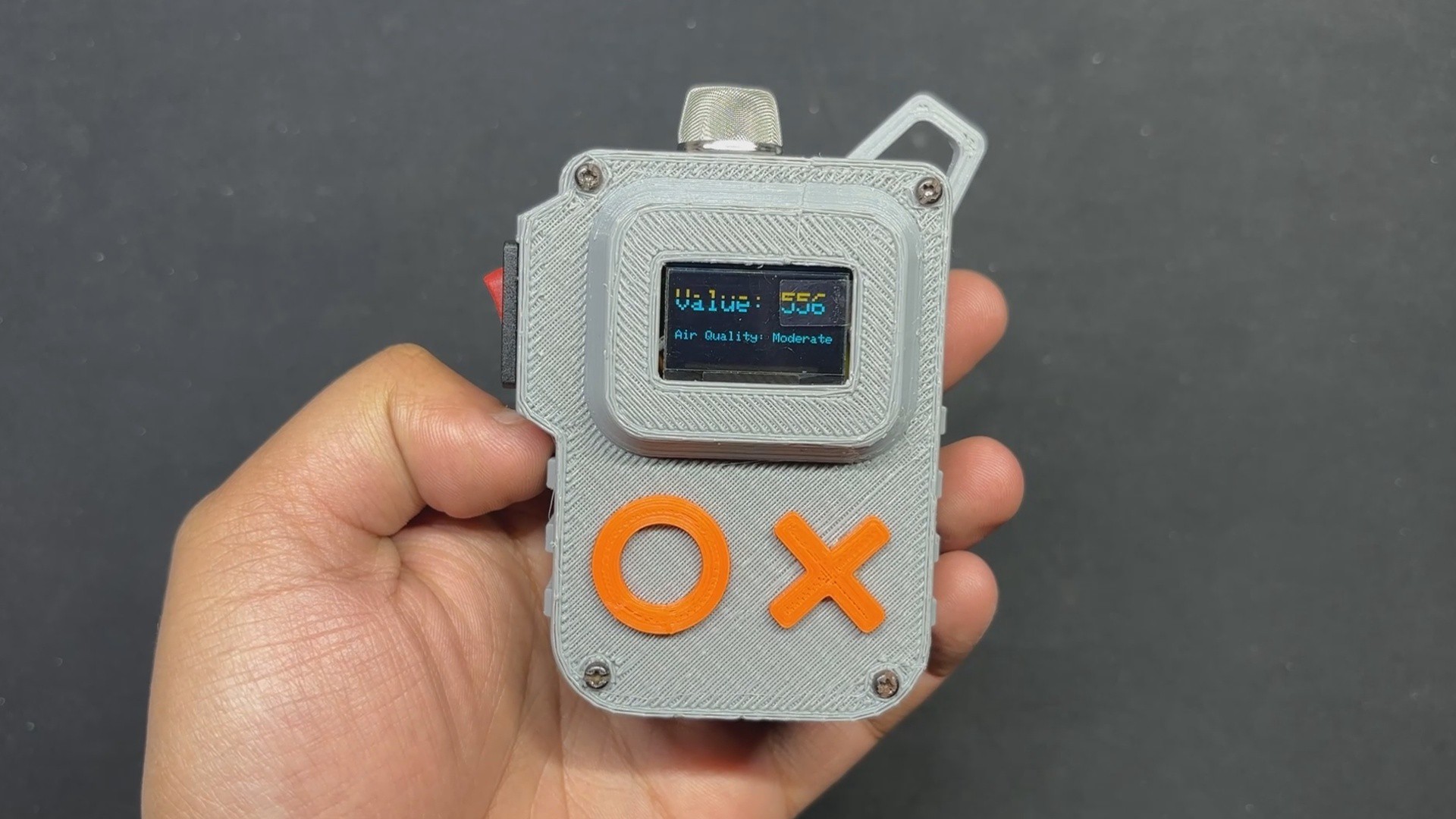
Because of its small size and built-in power supply, the user can gather air quality readings anywhere they go.
The concentration of specific gases in the air is indicated by this air quality meter; however, it is not the same as a complete Air Quality Index (AQI) evaluation. Initially, particulate matter (PM2.5 and PM10), oxygen, nitrogen dioxide, sulfur dioxide, and carbon monoxide are commonly monitored in air quality index monitoring. The only gases that our setup can detect are CO2, smoking, benzene, alcohol, nitrogen oxide, and ammonia.
The thorough and standardized AQI used for public health advisories is still the best source of information, but our air quality meter is a terrific tool for gaining a general understanding of the air quality in terms of specific gases.
The inside components of this project include the MQ135 Air Quality Sensor, the SSD1306 Display, a tiny 14500 3.7V 600mAh Li-ion cell, and the Firebeetle 2 ESP32 Microcontroller, which serves as the project's brain. All of these components come together in a customized body that we 3D printed.
MQ135 Air Quality Sensor
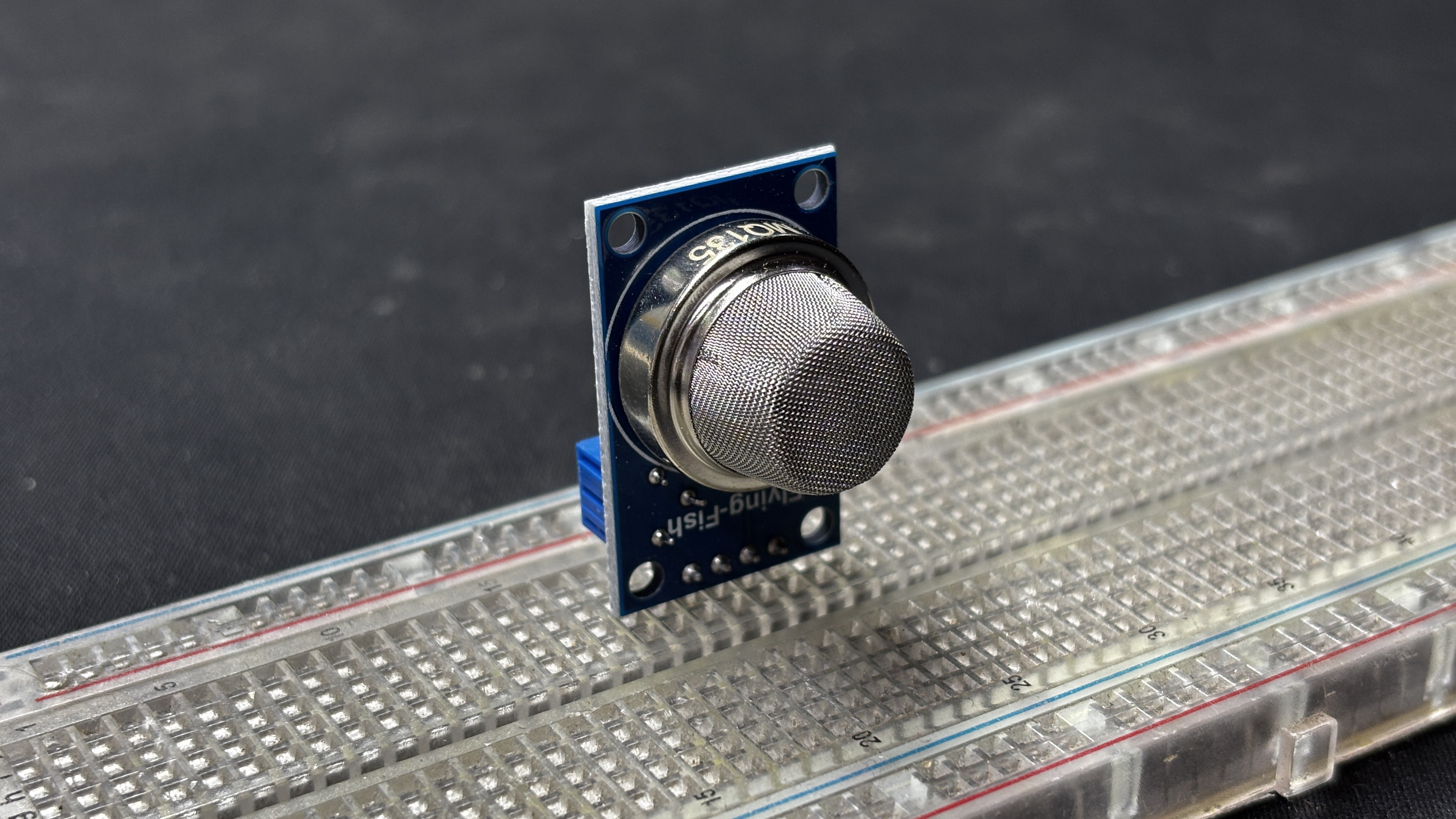
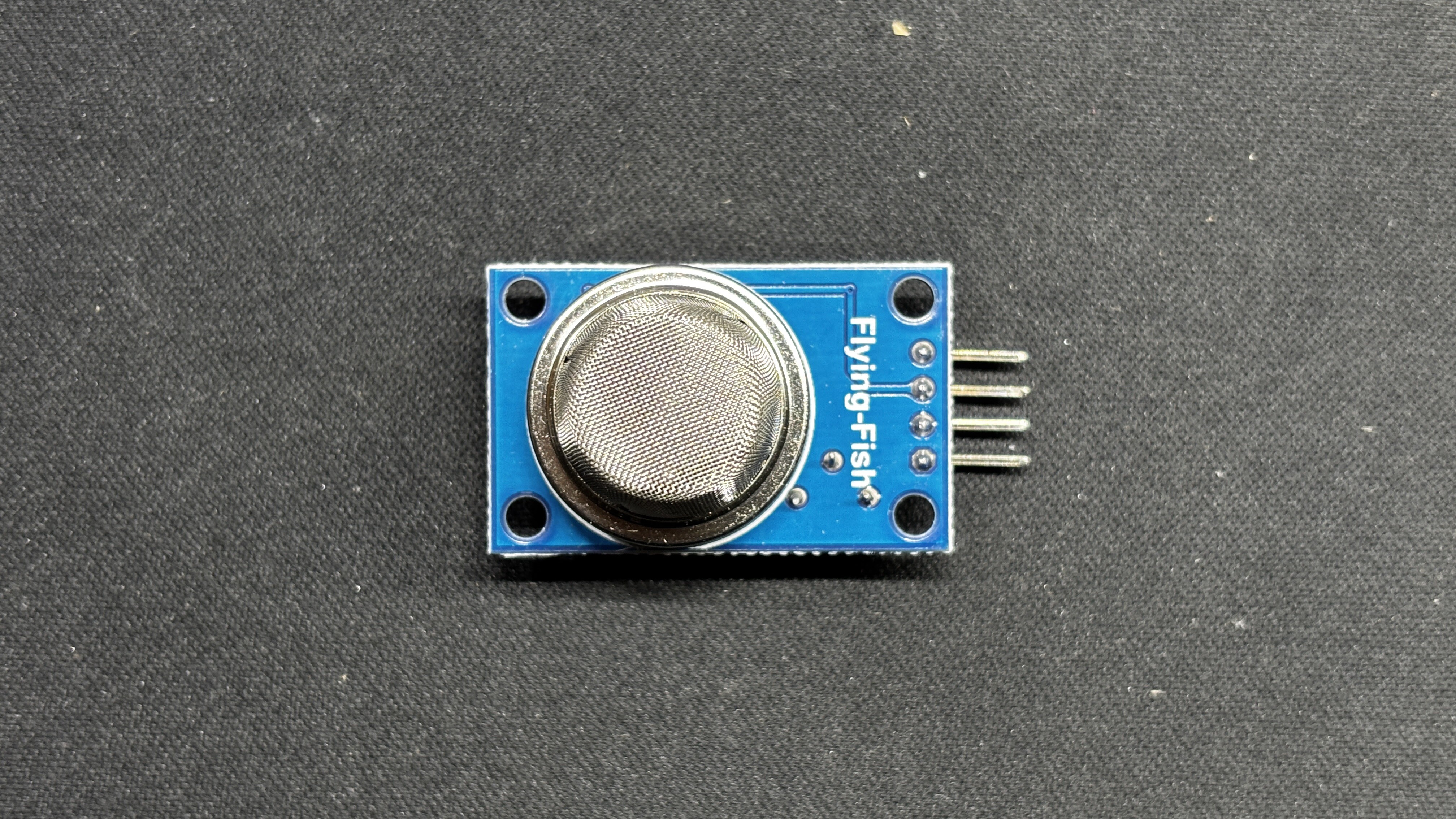
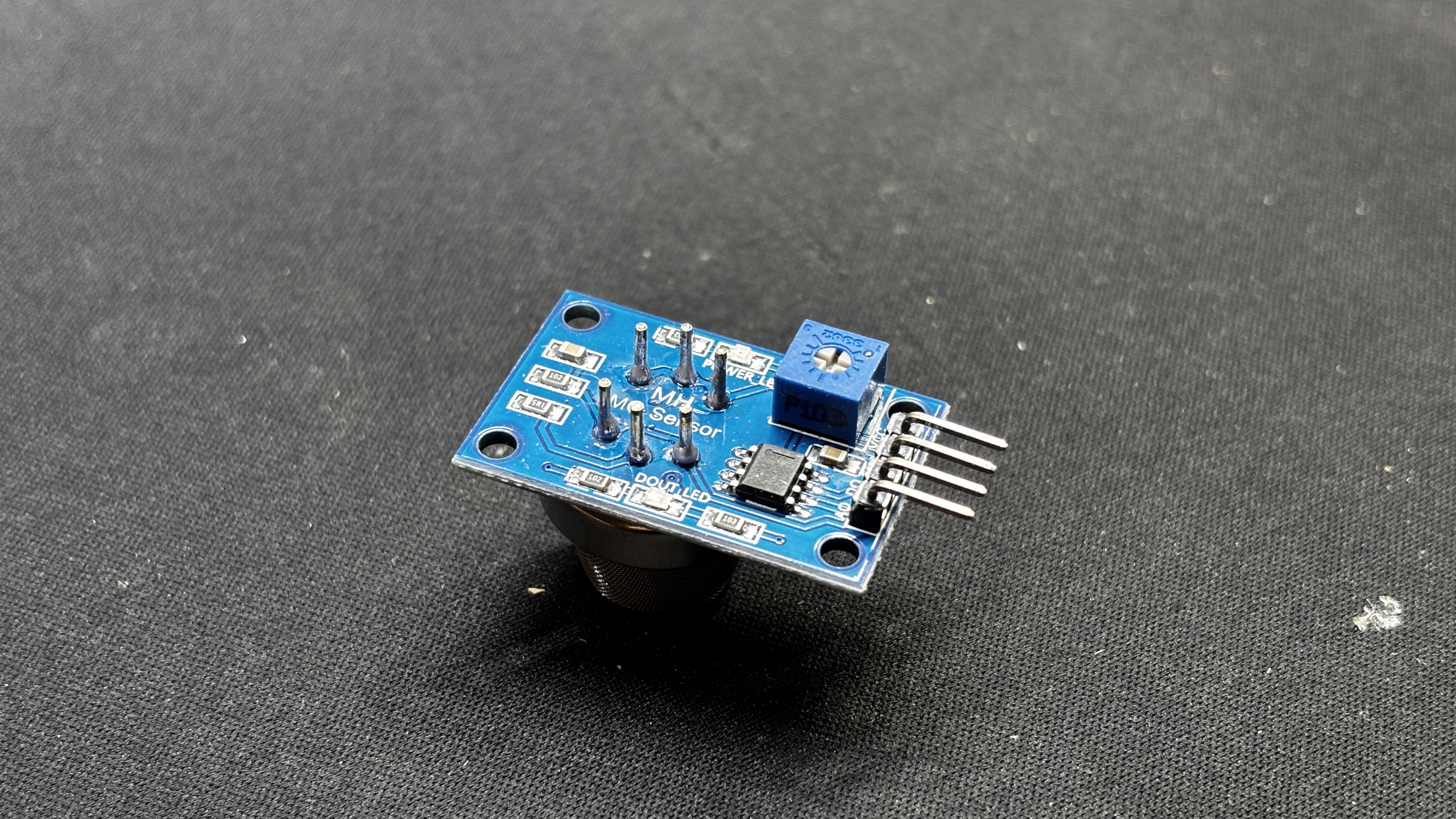
The MQ135 sensor finds numerous applications in pollution control, environmental monitoring, and air quality monitoring systems. It can be included in many projects to monitor air quality and is appropriate for detecting dangerous gases in the atmosphere.
Two outputs are available: an analog output that generates an analog voltage signal (0–5V) based on the gas concentration and a digital signal (0V or 5V) based on a gas concentration beyond a threshold. It runs from a 3.3V supply but can withstand 5V max.
The sensor needs to be preheated for 20 seconds in order to stabilize and provide accurate readings, and it uses 150 mA when in use.
Ammonia (NH3), nitrogen oxides (NOx), carbon dioxide (CO2), benzene, smoke, and other dangerous gases can all be detected with this sensor.
PCBWAY GIFTSHOP
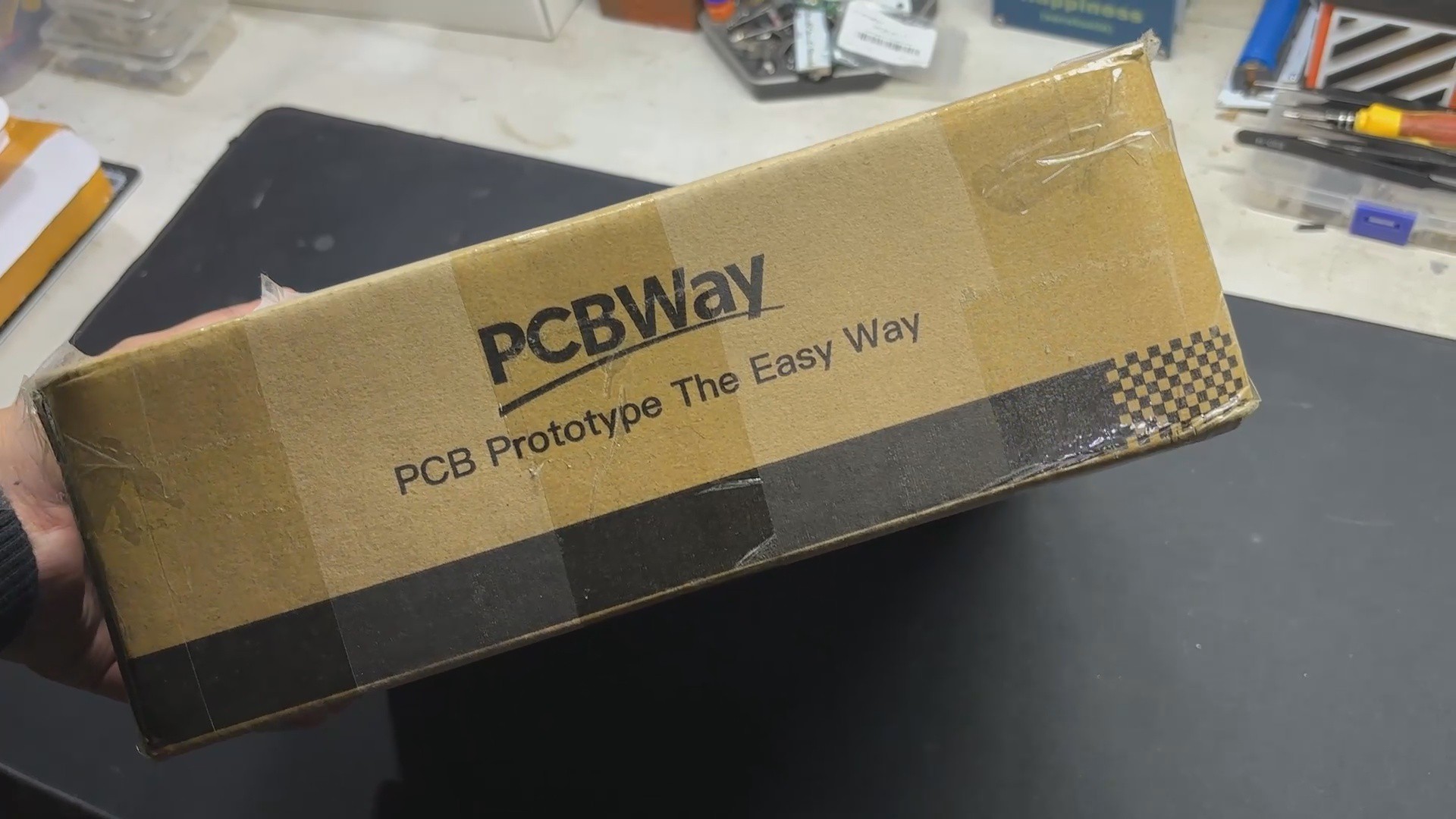
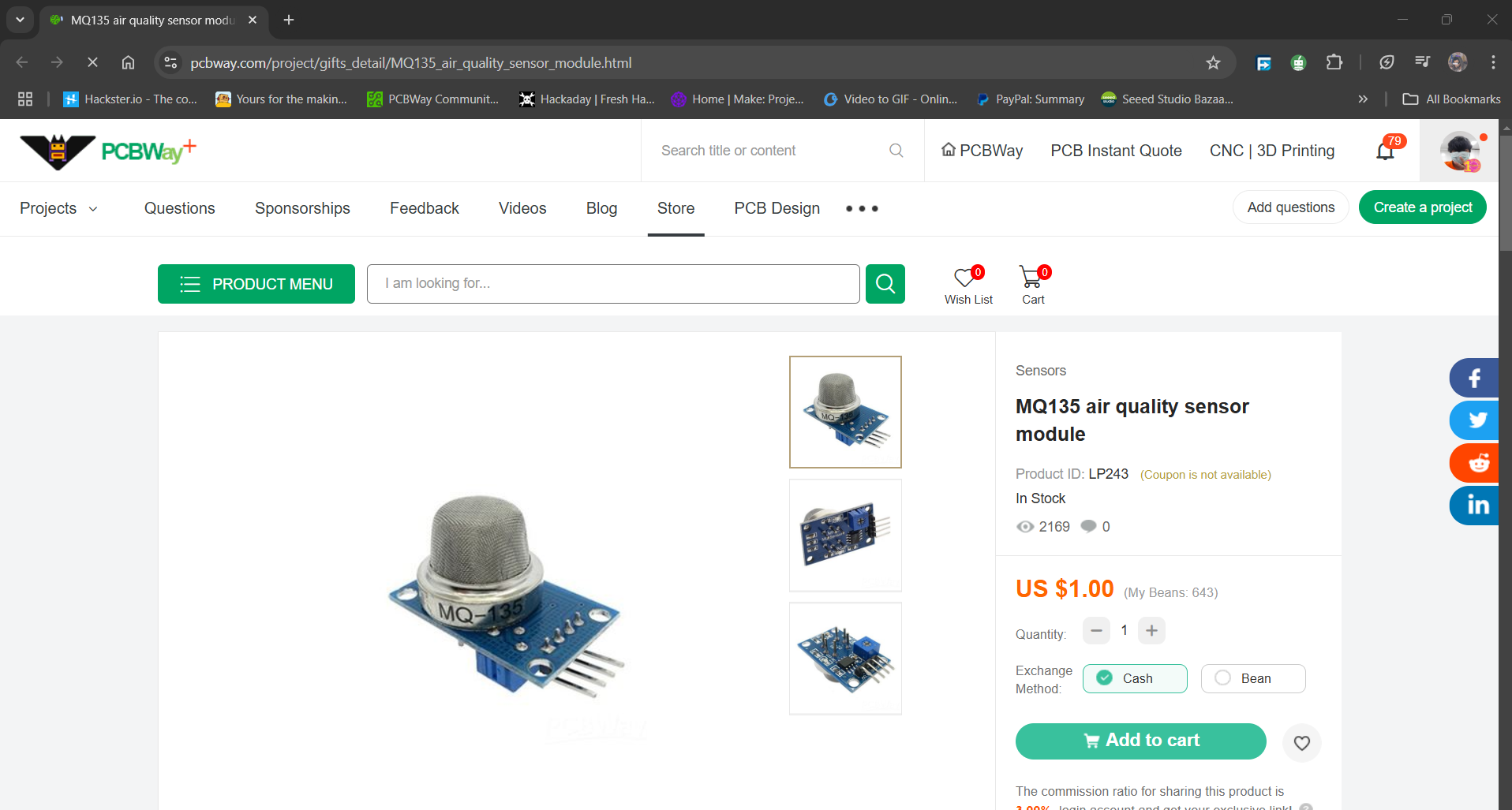
As for sourcing the MQ135 sensor along with the OLED display and PICO 2 we used in this project, we got them from PCBWAY's Giftshop.
https://www.pcbway.com/project/gifts_detail/MQ135_air_quality_sensor_module.html
https://www.pcbway.com/project/gifts_detail/Raspberry_Pi_Pico_2_a84bd81f.html
https://www.pcbway.com/project/gifts_detail/0_96_Inch_Oled_Screen.html
PCBWAY gift shop is an online marketplace where you can get a variety of electronics modules and boards for their genuine price, or you could use the PCBWAY currency, which is called beans.
You get beans after ordering something from PCBWAY as reward points, or you can also get them by posting any project in the PCBWAY community.
Also, PCBWay is hosting its 7th Project Design Contest, a global competition that invites electronics enthusiasts, engineers, and makers to showcase their innovative projects. The contest provides a platform for participants to share their creativity and technical expertise with the broader community.
This year’s competition includes three major categories: electronic project, mechanical project and SMT 32 project
With prizes awarded for the most exceptional designs, the contest aims to inspire and support innovation, making it an exciting opportunity for both professionals and hobbyists to gain recognition and connect with like-minded creators.
You guys can check out PCBWAY if you want great PCB service at an affordable rate.
 Arnov Sharma
Arnov Sharma